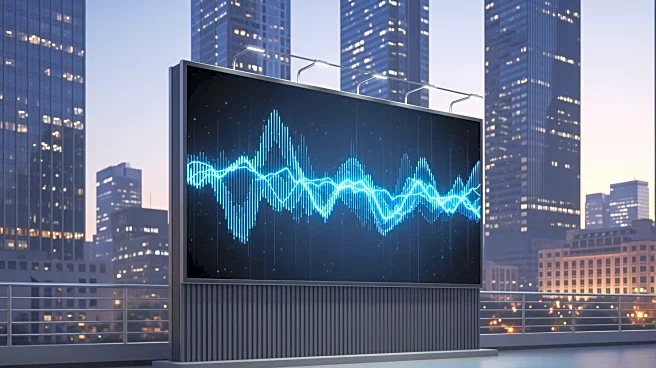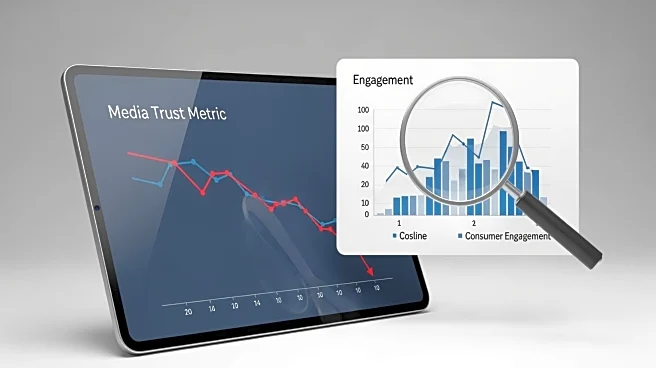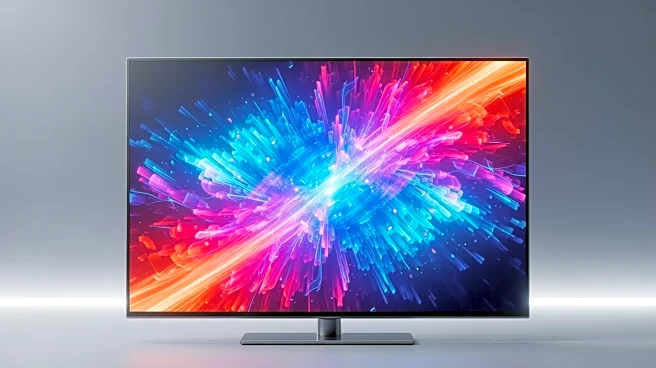What's Happening?
The digital out-of-home (DOOH) advertising sector is experiencing significant growth, driven by advancements in data utilization and measurement standards. According to Jason Adamski, director of the IAB Media Center, DOOH has evolved from static billboards
to a dynamic ecosystem of connected screens in various public spaces such as transit hubs, retail environments, and EV charging stations. This transformation is supported by the integration of first-party data, which allows for closed-loop measurement and enhanced targeting capabilities. The U.S. market for DOOH has reached approximately $3 billion, with programmatic DOOH growing over 30% year-over-year. The industry has also established new measurement frameworks, such as the IAB's 2025 DOOH Measurement Guide and the Media Rating Council's Out-of-Home Measurement Standards, which provide common ground for defining impressions and viewability.
Why It's Important?
The growth of DOOH advertising is significant for the advertising industry as it offers a measurable, privacy-compliant, and contextually relevant way to reach consumers. By aligning with digital standards, DOOH can now be integrated into omnichannel marketing strategies, providing advertisers with the ability to connect digital intelligence with real-world presence. This evolution enhances the credibility of DOOH as a core component of the media mix, alongside mobile, social, and connected TV (CTV). The ability to validate and audit every impression ensures transparency and accountability, making DOOH a reliable channel for advertisers seeking tangible outcomes like store visits or sales lift.
What's Next?
As the DOOH industry continues to mature, the focus will be on smarter integration into broader marketing strategies. The development of interoperable data systems and mature standards will enable DOOH to be seamlessly incorporated into dashboards and marketing mix models. This will allow advertisers to plan, buy, and measure DOOH campaigns with the same efficiency as other digital channels. The challenge for the industry will be to leverage its unique ability to connect digital intelligence with physical presence, ensuring that DOOH remains a vital part of the advertising landscape.
Beyond the Headlines
The evolution of DOOH highlights the broader trend of digital transformation across traditional media channels. As advertisers seek more measurable and accountable ways to reach consumers, the integration of data and technology into out-of-home advertising serves as a model for other sectors. The emphasis on privacy compliance and transparency also reflects growing consumer expectations for data protection and ethical advertising practices. This shift may influence other media channels to adopt similar standards and practices, further blurring the lines between digital and traditional advertising.













